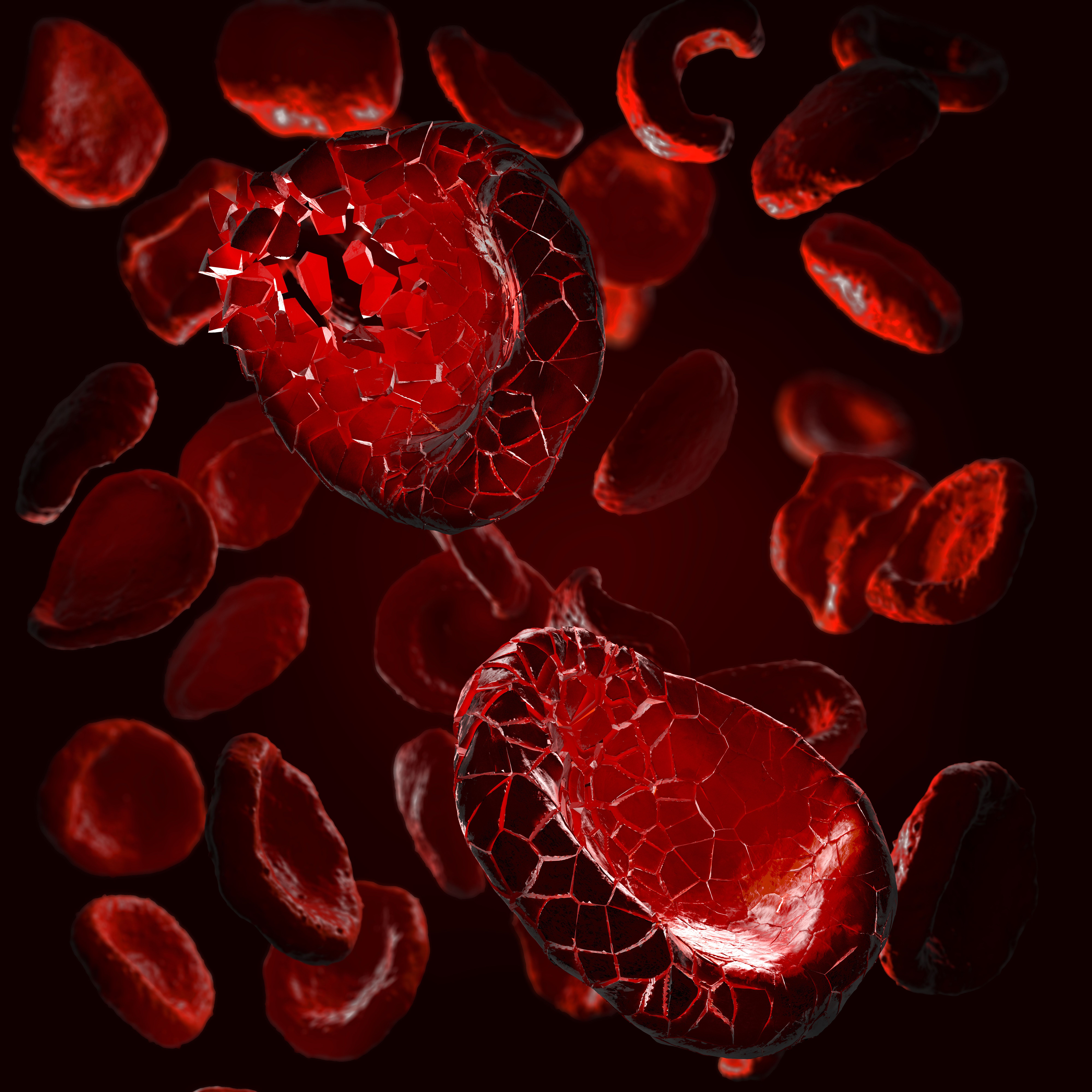Achieving EFS After 2 Years Shows Signs of Promising OS in MCL
An analysis of data from 2002-2015 shows that for patients with mantle cell lymphoma achieving event-free survival after two years may be a prognostic factor for better overall survival outcomes.

Event-free survival at 24 months (EFS24) has been accepted as an important end point in clinical studies of patients with certain hematologic malignancies and has begun to show its potential effectiveness as a prognostic factor for patients with mantle cell lymphoma (MCL), according to results of an analysis from the Mayo Clinic.1
Researchers looked at patients enrolled in the molecular epidemiology resource (MER), a prospective cohort study, diagnosed with MCL from September 2002 through June 2015. They then split the patients into 2 groups to observe, from patients diagnosed through 2002-2009 defined as Era 1 (n = 175) and 2010-2015 defined as Era 2 (n = 168). The split came from identifying time periods in which there was an evolving frontline therapy pattern associated with improved EFS and overall survival (OS).
What the researchers found was patients diagnosed in Era 2 had a better OS with a 5-year OS of 68.4% compared with 59.2% in Era 1 (HR 0.68; 95% CI, 0.50-0.93). Moreover, EFS was favored in the Era 1 group as a sign that EFS impacted OS, but according to the researchers further research is needed to confirm the prognostic role of EFS24.
In order to compare EFS24 of patients with MCL, the researchers compared OS in this group to the expected survival of the general US population. At the time of diagnosis in era 1 (n =176) the Standardized mortality ratio (SMR) between the general US population and survival of patients with MCL was 3.26 (95% CI, 2.7-3.89, P < 2.22e-16). In comparison the SMR between the general population and patients with MCL in Era 2 (n = 168) was 2.63 (95% CI, 2.03-3.36, P = 1.89e-15).
Then assessing patients in both eras who had EFS for 24 months the SMR went down, for instance, in era 1 after EFS24 (n = 98) the SMR was 2.23 (95% CI, 1.67-2.92, P = 3.86e-09) between patients with MCL and the general population. Moreover, in era 2 after EFS24 (n = 99) the SMR between patients with MCL and the US population was 1.31 (95% CI, 0.78-2.07, P = 0.31).
Patients the researchers looked at included mostly patients with a median age of 64-years-old and given an intermediate score of 4-5 on the simplified mantle cell lymphoma international prognostic indicator at 55 patients in era 1 and 52 patients in era 2. Most patients were also treated with R-CHOP or an R-CHOP like regimen at 92 patients in era 1, but slightly more patients in era 2 were treated with R-bendamustine with 49 patients compared to 43 patients in R-CHOP in era 2.
The researchers attributed the better survival results in Era 2 as MCL survival has likely improved because of frontline therapies and better salvage treatments, such as lenalidomide (Revlimid) and burton’s tyrosine kinase inhibitors. They also noted that patients after EFS24 had a low risk of dying from lymphoma.
The cause of death in era 1 and era 2 at 2 years and 5 years was still highest in the lymphoma death category at 14.9% (95% CI, 10.4%-21.3%) vs 28.2% (95% CI, 22.2%-35.7%) and 14.3% (95% CI, 9.9%-20.8%) vs 20.5% (95% CI, 15.2%-27.7%), respectively. After EFS24 lymphoma death remained the highest cause of death in era 1 at 5 years with 19.8% (95% CI, 13.2%-29.8%) of patients but at 2 years was at 6.1% (95% CI, 2.8%-13.3%) compared with 4.1% (95% CI, 1.6%-10.7%) of patients whose cause of death was non-lymphoma related.
In Era 2 after EFS24 lymphoma death went drastically down at 1% of patients at 2 years and 2.1% of patients in 5 years. Non-lymphoma death was higher both at 2 years and 5 years in era 2 after EFS24 at 4% (95% CI, 1.5%-10.6%) and 5.5% (95% CI, 2.3%-13.1%) at 5 years than lymphoma death in both these time frames.
Notably, for patients in era 2 treated with immunochemotherapy the cause of death due to lymphoma was only present at 5 years in 1.3% (95% CI, 0.2-8.9%) of patients compared with 4.9% (95% CI, 1.9%-12.8%) of all non-lymphoma death. SMR of patients in era 2 treated with immunochemotherapy was also 0.89 (95% CI, 0.43-1.64, P = 0.82) after EFS24, whereas SMR after EFS24 in era 1 was 2.89 (95% CI, 2-4.04, P = 2.22e-10).
Reference:
Wang Y, Larson M, Castellino A, et al. Prognostic Role of Event-free Survival at 24 months (EFS24) in Newly Diagnosed Mantle Cell Lymphoma. Poster presented at the 2022 Annual Society of Hematology Oncology conference. September 28th-October 1st, 2022. Accessed: November 18, 2022.